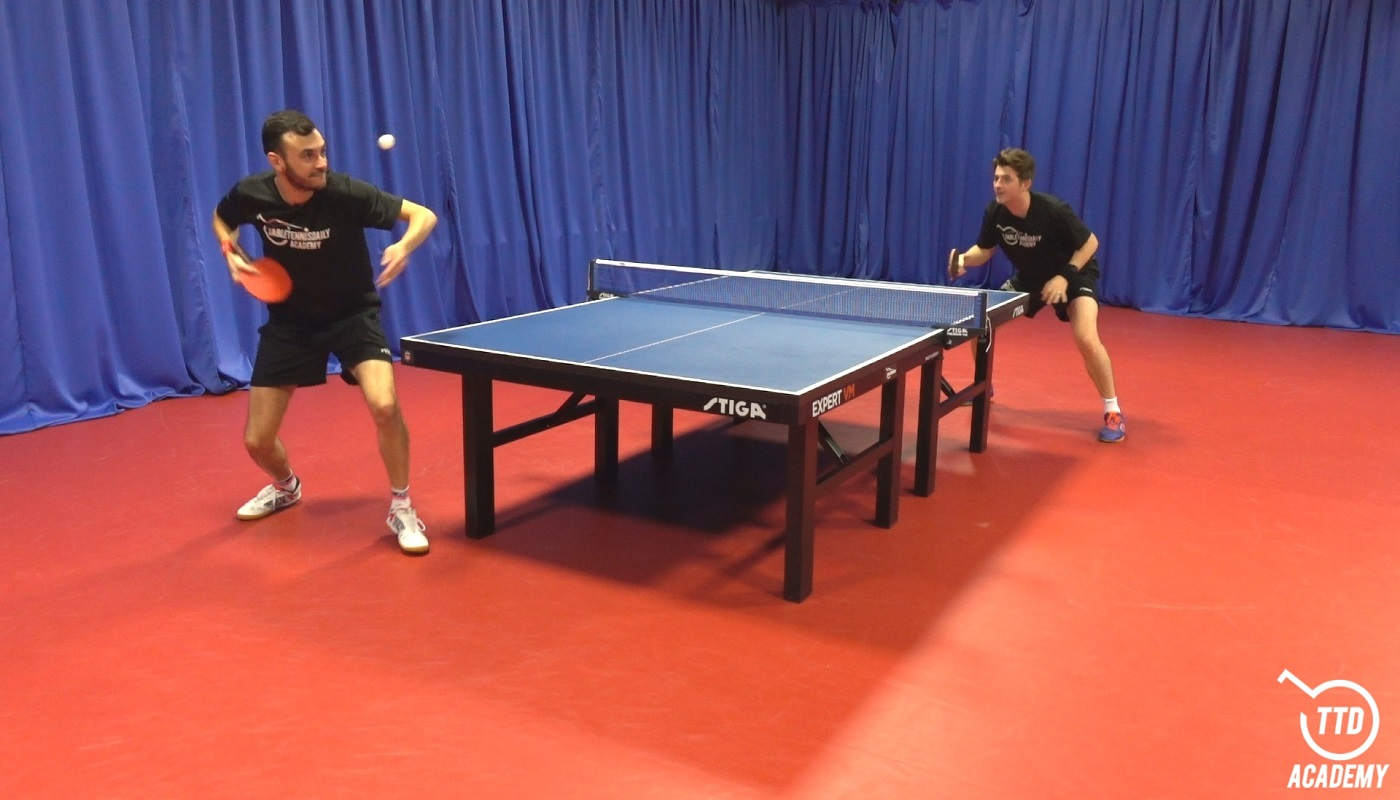
Kayaking Fitness and Strength Plan: Paddle Your Way to Peak Performance
Kayaking, a seemingly serene activity gliding across calm waters, demands a surprising level of physical fitness and strength. It’s not just about paddling; it’s about endurance, power, stability, and core strength. Whether you’re a seasoned kayaker aiming for competitive edge or a beginner looking to build a solid foundation, a comprehensive fitness and strength plan is essential to maximize your enjoyment and performance on the water.
This article will outline a detailed plan designed to improve your kayaking fitness, encompassing cardiovascular endurance, muscular strength and endurance, and crucial core stability. Remember to consult your physician before starting any new exercise program.
I. Assessing Your Current Fitness Level:
Before diving into a structured plan, honestly assess your current fitness level. This involves identifying your strengths and weaknesses. Consider these factors:
- Cardiovascular Endurance: How long can you comfortably maintain a moderate to high intensity activity like running, cycling, or swimming?
- Muscular Strength: Can you perform bodyweight exercises like push-ups, squats, and lunges with good form? How much weight can you lift for various exercises?
- Core Strength: How stable is your core? Can you hold a plank for an extended period? Do you experience lower back pain during or after kayaking?
- Flexibility and Mobility: Are you flexible enough to maintain proper posture and range of motion while paddling? Tight muscles can hinder performance and increase injury risk.
This self-assessment will guide you in tailoring the plan to your individual needs. Start slowly and gradually increase the intensity and duration of your workouts.
II. The Kayaking Fitness Plan:
This plan integrates cardiovascular training, strength training, and core work, specifically designed to enhance your kayaking performance. Aim for 3-4 workouts per week, allowing for rest days to allow for muscle recovery and injury prevention.
A. Cardiovascular Training (2-3 times per week):
Kayaking itself is a fantastic cardiovascular workout, but supplemental training enhances endurance.
- Interval Training: Alternate between high-intensity bursts and periods of recovery. For example, sprint for 30 seconds, followed by 60 seconds of easy paddling. Repeat this cycle for 20-30 minutes.
- Long-Distance Paddling: Engage in longer, less intense kayaking sessions to build endurance. Start with shorter distances and gradually increase the duration.
- Running/Cycling/Swimming: These activities effectively improve cardiovascular fitness, complementing your kayaking training. Aim for 30-60 minutes of moderate-intensity exercise.
B. Strength Training (2-3 times per week):
Focus on exercises that target muscles used extensively in kayaking:
-
Upper Body:
- Pull-ups/Lat Pulldowns: Develop back and bicep strength for powerful strokes.
- Rows (Barbell, Dumbbell, Cable): Similar to pull-ups, these strengthen the back muscles crucial for efficient paddling.
- Chest Presses (Bench Press, Dumbbell Press): Strengthen the chest muscles for stability and power.
- Overhead Press (Barbell, Dumbbell): Develop shoulder strength and stability, essential for effective paddling.
- Bicep Curls: Increase bicep strength for pulling power.
- Triceps Extensions: Strengthen the triceps for pushing power.
-
Lower Body:
- Squats: Develop leg strength for stability and power transfer.
- Lunges: Improve leg strength and balance.
- Deadlifts (Romanian Deadlifts): Strengthen the posterior chain (back, glutes, hamstrings), vital for core stability and powerful strokes.
- Calf Raises: Improve ankle strength and stability.
-
Core Strength:
- Plank: Hold a plank for as long as possible, focusing on maintaining a straight line from head to heels.
- Side Plank: Hold a side plank on each side, engaging the obliques.
- Russian Twists: Strengthen the obliques and core rotation.
- Crunches/Sit-ups: Strengthen the abdominal muscles.
- Back Extensions: Strengthen the lower back muscles, crucial for preventing injury.
C. Flexibility and Mobility:
Regular stretching is crucial for preventing injuries and maintaining optimal range of motion:
- Dynamic Stretching: Perform dynamic stretches like arm circles, leg swings, and torso twists before workouts to warm up the muscles.
- Static Stretching: Hold each stretch for 20-30 seconds after your workouts. Focus on stretching the shoulders, back, chest, hamstrings, and quads.
- Yoga or Pilates: These practices enhance flexibility, mobility, and core strength.
III. Sample Weekly Workout Schedule:
This is a sample schedule; adjust it based on your fitness level and available time:
- Monday: Cardiovascular training (Interval paddling or running)
- Tuesday: Strength training (Upper body focus)
- Wednesday: Rest or Active Recovery (light yoga or walking)
- Thursday: Cardiovascular training (Long-distance paddling)
- Friday: Strength training (Lower body focus)
- Saturday: Rest or Active Recovery (light stretching or swimming)
- Sunday: Core and flexibility training (Yoga, Pilates, or specific core exercises)
IV. Nutrition and Hydration:
Fueling your body correctly is as crucial as the training itself.
- Balanced Diet: Consume a diet rich in lean protein, complex carbohydrates, and healthy fats to support muscle growth and recovery.
- Hydration: Drink plenty of water throughout the day, especially before, during, and after your workouts.
- Electrolytes: Replenish electrolytes lost through sweat, especially during intense kayaking sessions.
V. Progression and Monitoring:
- Progressive Overload: Gradually increase the intensity and duration of your workouts to continue challenging your body and making progress.
- Listen to Your Body: Pay attention to your body’s signals. Rest when needed and don’t push through pain.
- Track Your Progress: Monitor your workouts, noting the weight lifted, repetitions performed, and distance paddled. This helps you track your progress and adjust your plan accordingly.
VI. Kayaking-Specific Training:
Incorporate kayaking itself into your training regime. Practice different paddling techniques, focusing on proper form and efficiency. Consider joining a kayaking club or taking lessons from a qualified instructor to refine your technique.
By following a comprehensive fitness and strength plan tailored to your needs, you can significantly improve your kayaking performance, enhance your enjoyment on the water, and minimize the risk of injury. Remember that consistency is key, and with dedicated effort, you’ll be paddling stronger and further in no time. Enjoy the journey!



